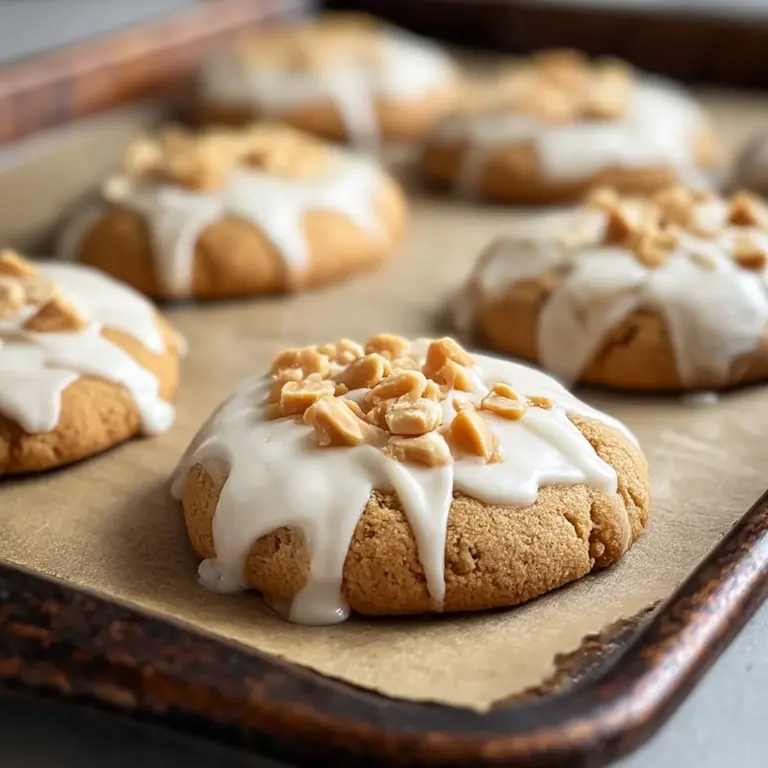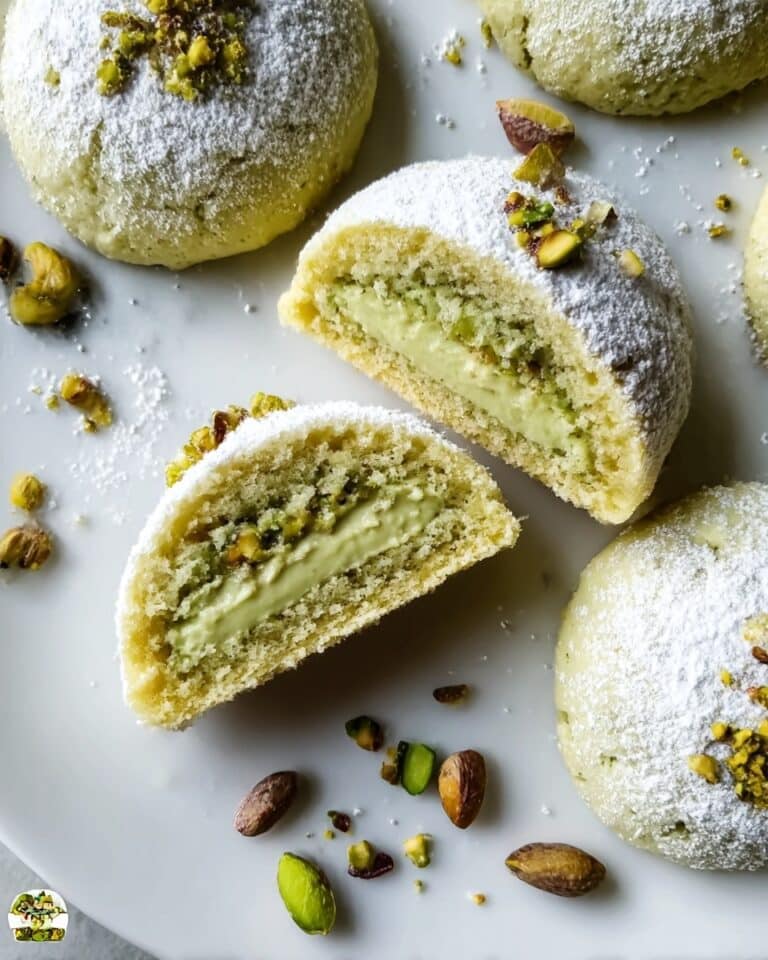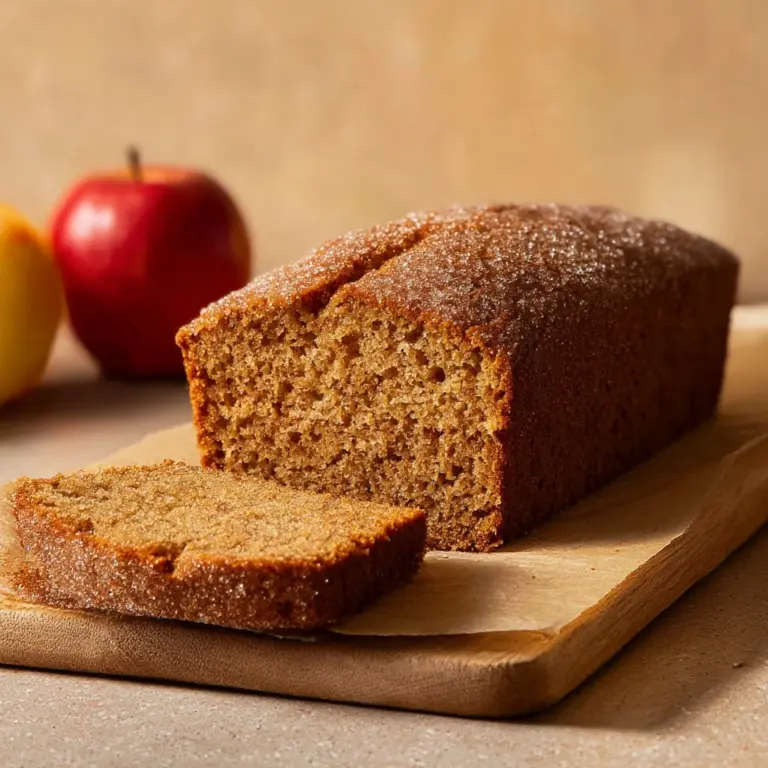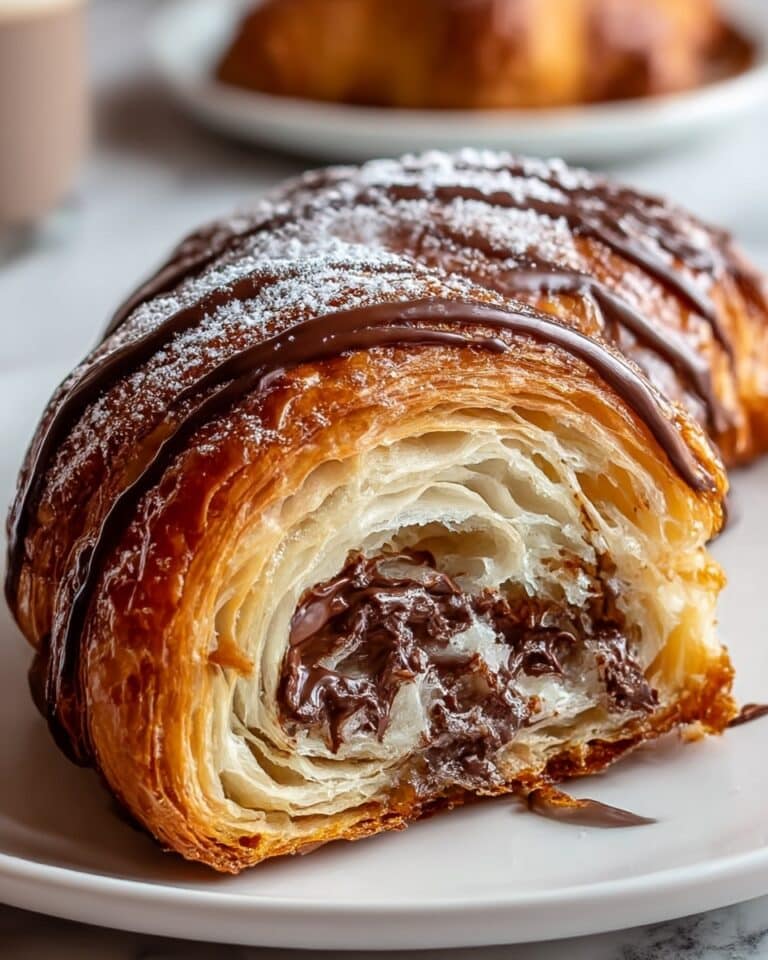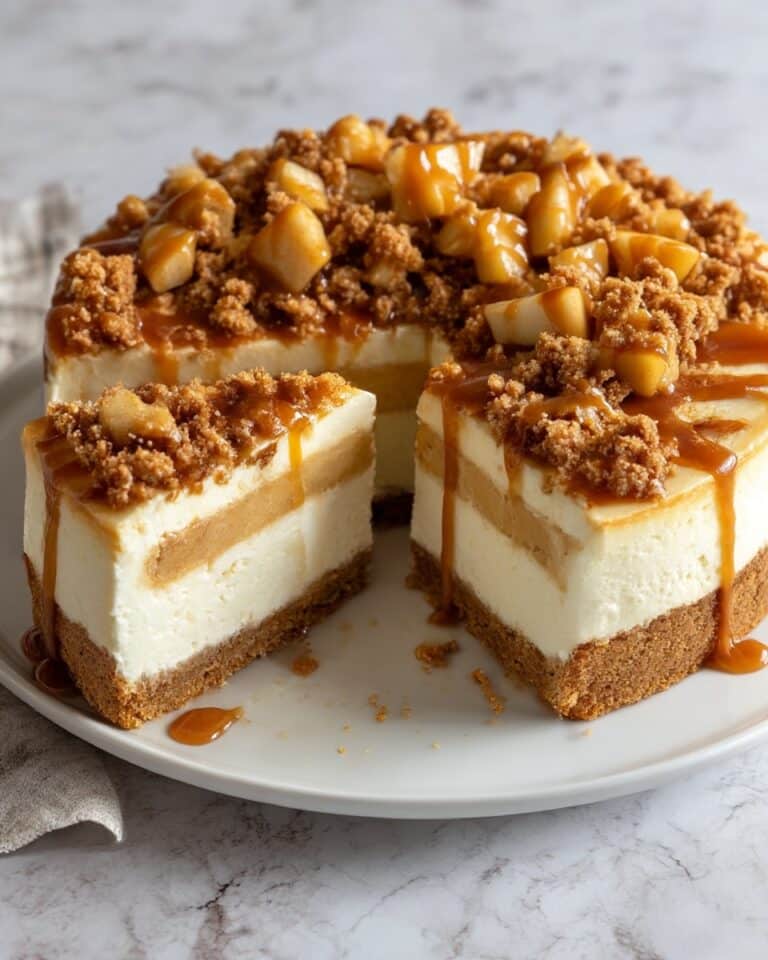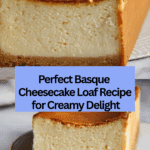Basque Cheesecake Loaf Pan: The Ultimate Guide to Baking Perfection Recipe
Introduction
Discover the rich and creamy delight of Basque Cheesecake made in a loaf pan. This recipe yields a beautifully browned exterior with a soft, jiggly center, perfect for any occasion. With simple ingredients and straightforward steps, you’ll achieve baking perfection every time.

Ingredients
- 24 ounces (680g) full-fat cream cheese, softened to room temperature
- 1 cup (200g) granulated sugar
- 4 large eggs
- 1 cup (240ml) heavy cream
- 1 teaspoon vanilla extract
- 2 tablespoons (16g) all-purpose flour
- 1/4 teaspoon salt
Instructions
- Step 1: In a large bowl, beat the softened cream cheese on medium speed using an electric mixer until completely smooth and creamy, about 3-5 minutes. Scrape down the sides and bottom frequently.
- Step 2: Gradually add the granulated sugar to the cream cheese, beating on medium speed until the mixture is light and fluffy, about 2-3 minutes. Scrape the bowl as needed.
- Step 3: Add the eggs one at a time, mixing well after each addition until just combined.
- Step 4: Pour in the heavy cream and vanilla extract. Mix on low speed until just combined.
- Step 5: Sift the flour and salt over the batter. Gently fold them in using a spatula until combined, being careful not to overmix.
- Step 6: Preheat your oven to 425°F (220°C).
- Step 7: Generously line a 9×5 inch loaf pan with parchment paper, extending the edges several inches above the pan. Crumple the paper before lining the pan for better fit.
- Step 8: Pour the batter into the prepared loaf pan, spreading evenly.
- Step 9: Bake for 50-60 minutes until the top is deeply browned and almost burnt-looking, while the center remains jiggly. The internal temperature should reach 150-160°F (65-71°C).
- Step 10: Turn off the oven, crack the door slightly, and let the cheesecake cool inside for about 1 hour.
- Step 11: Remove from the oven and cool completely at room temperature. Cover loosely with plastic wrap and refrigerate for at least 4 hours or overnight.
- Step 12: Once chilled, gently lift the cheesecake out of the pan using the parchment paper overhang, slice with a sharp knife, and serve chilled or at room temperature.
Tips & Variations
- Ensure the cream cheese is fully softened to avoid lumps and achieve a smooth batter.
- Use room temperature eggs to help the mixture blend better.
- For a touch of zest, add a teaspoon of lemon zest to the batter before baking.
- If you prefer a less browned top, check the cheesecake around 45 minutes and cover loosely with foil if needed.
Storage
Store the Basque cheesecake covered in the refrigerator for up to 4 days. It’s best served chilled or at room temperature. Reheat slices gently in the microwave for about 10 seconds if desired, but avoid overheating to preserve its creamy texture.
How to Serve
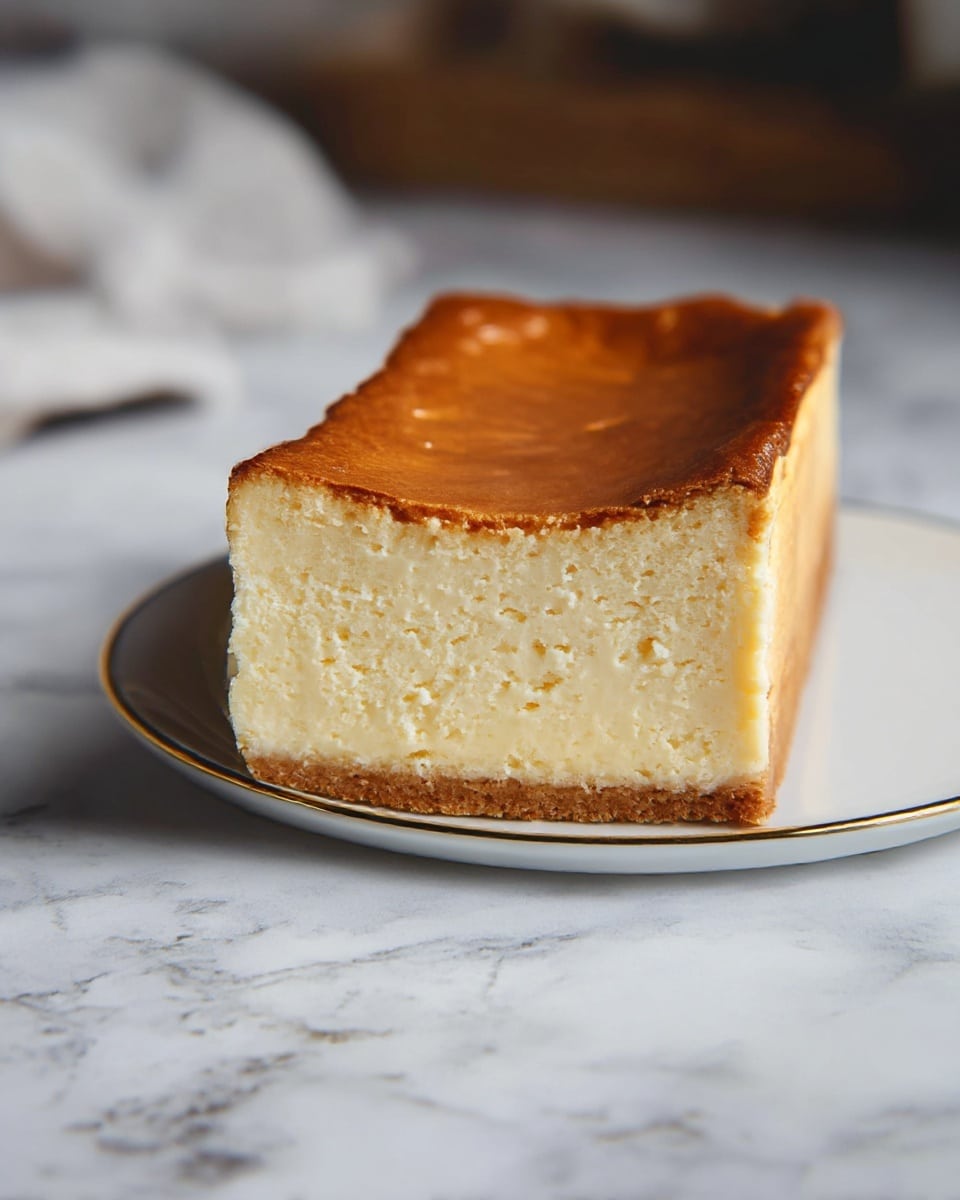
Serve this delicious recipe with your favorite sides.
FAQs
Can I make this cheesecake ahead of time?
Yes, the cheesecake benefits from resting overnight in the refrigerator, which enhances its texture and flavor.
Why is the top of the cheesecake almost burnt?
The signature dark, almost burnt-looking top is intentional and characteristic of Basque cheesecake. It adds a deep caramelized flavor that contrasts beautifully with the creamy center.
PrintBasque Cheesecake Loaf Pan: The Ultimate Guide to Baking Perfection Recipe
This Basque Cheesecake Loaf Pan recipe delivers the rich, creamy, and caramelized flavors of classic Basque cheesecake in a convenient loaf form. Made with full-fat cream cheese, heavy cream, and a hint of vanilla, it features a deeply browned top with a luscious, jiggly center. Perfect for an elegant dessert or an indulgent treat, this recipe guides you through the smooth and fluffy batter preparation, baking to perfection in a loaf pan, with a crisp burnt crust and creamy interior that will delight cheesecake lovers.
- Prep Time: 15 minutes
- Cook Time: 55 minutes
- Total Time: 5 hours 10 minutes
- Yield: 8 slices 1x
- Category: Dessert
- Method: Baking
- Cuisine: Spanish
- Diet: Vegetarian
Ingredients
Basque Cheesecake Ingredients
- 24 ounces (680g) full-fat cream cheese, softened to room temperature
- 1 cup (200g) granulated sugar
- 4 large eggs
- 1 cup (240ml) heavy cream
- 1 teaspoon vanilla extract
- 2 tablespoons (16g) all-purpose flour
- 1/4 teaspoon salt
Instructions
- Cream the Cream Cheese: In a large bowl, use an electric mixer on medium speed to beat the softened cream cheese until it is completely smooth and creamy, about 3-5 minutes. Frequently scrape down the sides and bottom of the bowl to ensure an even texture.
- Add Sugar Gradually: Gradually add the granulated sugar to the creamed cheese while continuing to beat on medium speed. Beat until the mixture is light, fluffy and well combined, approximately 2-3 minutes. Scrape down the bowl as needed to maintain an even mix.
- Incorporate the Eggs: Add the eggs one at a time to the batter, beating well after each addition to fully integrate. Mix only until just combined to avoid overworking the batter.
- Add Heavy Cream and Vanilla: Pour the heavy cream and vanilla extract into the mixture. Mix on low speed until just combined to retain a light texture.
- Add Flour and Salt: Sift together the all-purpose flour and salt over the batter. Using a spatula, gently fold these dry ingredients into the batter until just combined. Avoid overmixing to preserve the silky texture.
- Preheat the Oven: Preheat your oven to 425°F (220°C) to ensure it is hot enough for proper browning and baking.
- Line the Loaf Pan: Generously line a 9×5-inch loaf pan with parchment paper, allowing the paper to extend several inches over the edges. Crumple the parchment paper before placing it in the pan to help it conform to the shape.
- Pour in the Batter: Transfer the cheesecake batter into the prepared loaf pan, spreading it evenly.
- Bake: Place the loaf pan in the oven and bake for 50-60 minutes until the top is deeply browned and almost burnt-looking. The center should remain jiggly when gently shaken. The internal temperature should be about 150-160°F (65-71°C) for optimal texture.
- Cooling: Turn off the oven and crack the oven door slightly. Allow the cheesecake to cool inside the oven for approximately 1 hour to set gently without cracking.
- Refrigerate: After removing from the oven, let the cheesecake cool completely at room temperature. Then loosely cover with plastic wrap and refrigerate for at least 4 hours or preferably overnight to develop flavor and firm the texture.
- Unmold: Once thoroughly chilled, use the parchment paper overhang to gently lift the cheesecake out of the loaf pan and onto a serving platter.
- Slice and Serve: Using a sharp knife, slice the cheesecake into thick pieces. Serve chilled or at room temperature for the best flavor and texture experience.
Notes
- Ensure the cream cheese is fully softened at room temperature before starting for a smooth batter.
- Do not overmix after adding flour to avoid a dense texture.
- The top should be very dark and almost burnt-looking; this is characteristic of Basque cheesecake’s flavor profile.
- Chilling overnight is highly recommended for the best texture and easier slicing.
- A temperature probe can help ensure the internal temperature is in the ideal range for doneness.
- Use a sharp knife dipped in hot water and wiped dry for clean slicing.
Keywords: Basque cheesecake, cheesecake loaf, cream cheese dessert, baked cheesecake, Spanish dessert, caramelized cheesecake


